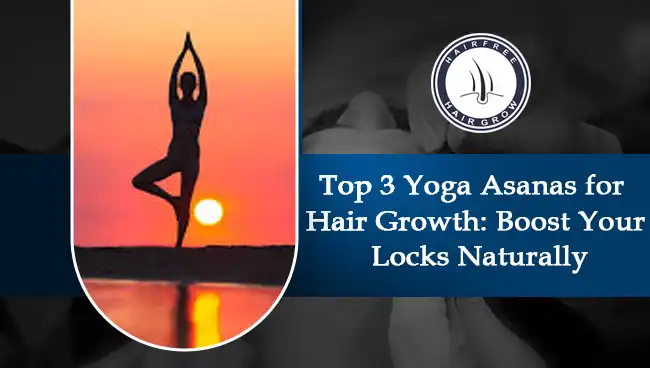
Top 3 Yoga Asanas for Hair Growth: Boost Your Locks Naturally
Are you tired of hair fall and thinning strands? Yoga might be the natural solution you’ve been searching for! Practicing
The human hair growth cycle is a remarkable biological process that many of us take for granted. Yet, understanding how this cycle works can be pivotal in maintaining luscious locks. So, without any further ado, let’s embark on a journey through the hair growth cycle, and discover the secrets to achieving the beautiful, healthy hair you’ve always wanted.
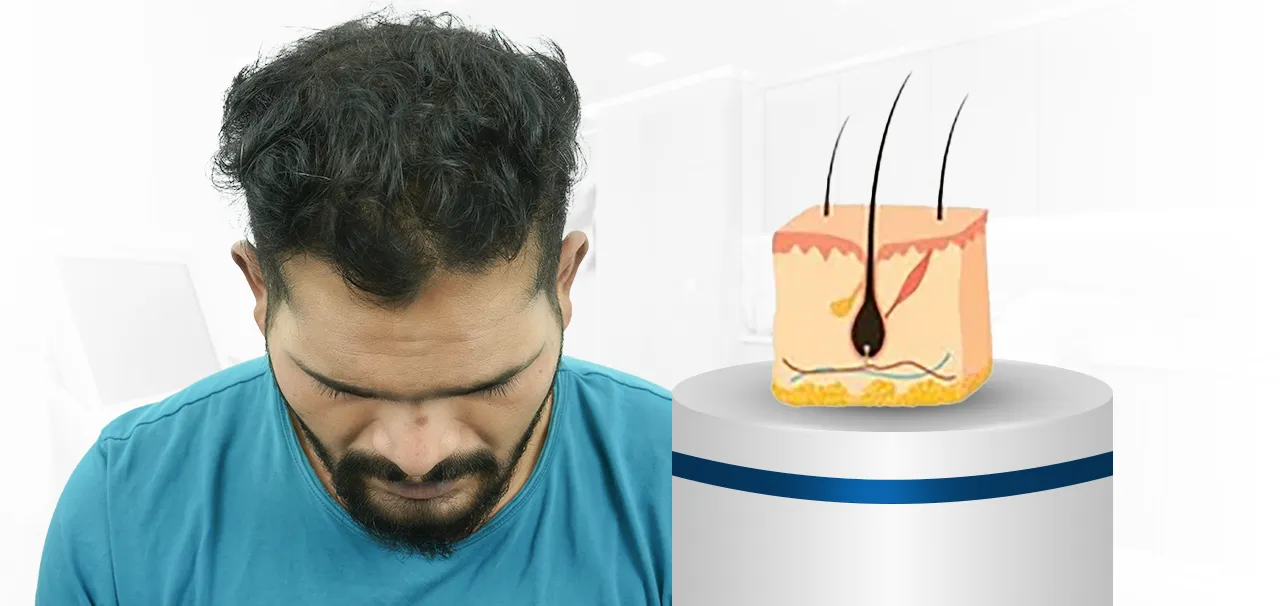
The anagen phase is the first stage of hair growth. It’s the longest phase and can last 6 to 7 years for the hair on your head. Some lucky folks might even have a single hair growing for 7 years or more!
Now, here’s an interesting twist: different types of hair have different anagen phases. For example, the anagen phase for eyebrow and pubic hairs is much shorter than the phase for the hair on your scalp.
During the anagen phase, your hair follicles are busy growing hairs. These hairs will keep growing until you decide to cut them or until they naturally fall out when they reach the end of their lifespan. At any given time, around 90 percent of the hairs on your head are in the anagen phase.
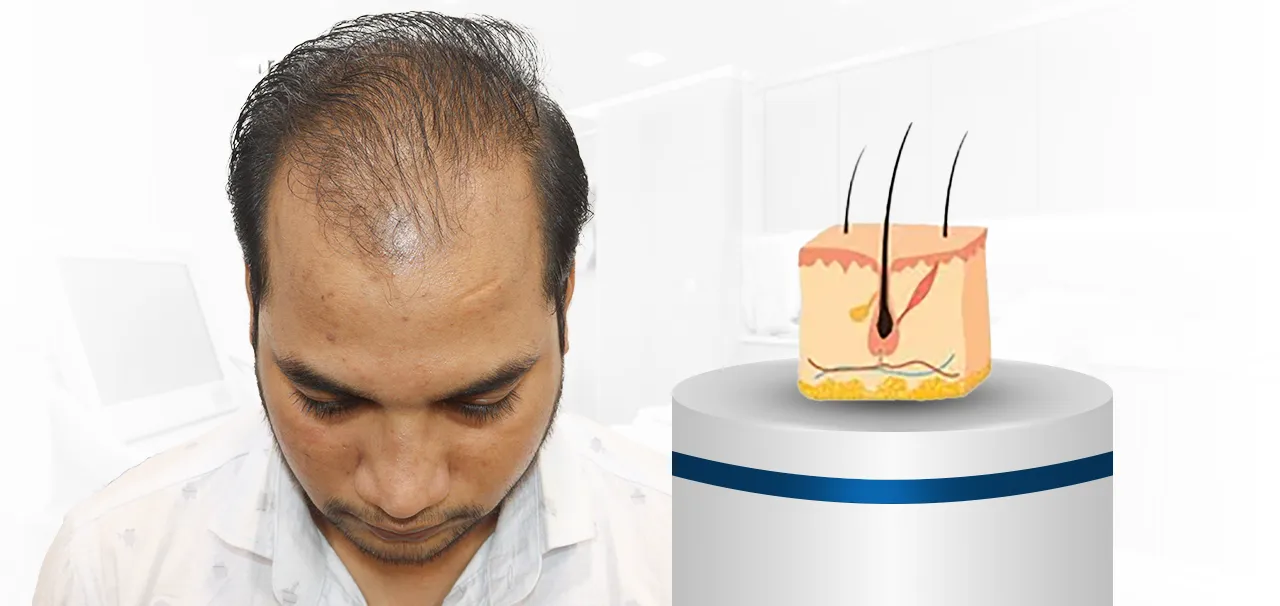
Transition Phase (Catagen): After the growing phase, hair enters the transition phase, which lasts around 10 days. During this time, hair growth slows down, and the hair follicles shrink. The hair separates from the follicle but remains in place. Only about 5% of your hairs are in this phase at any given time.
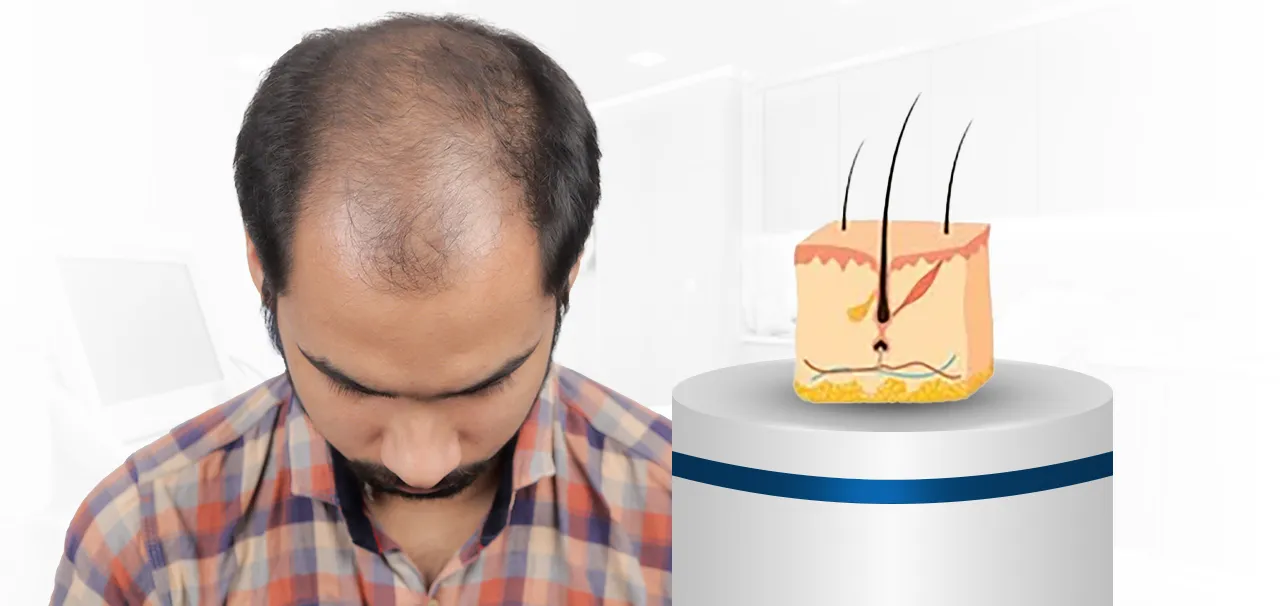
The telogen phase is like a resting period for your hair. It lasts for about 3 -6 months, and during this time, about 10 to 15 percent of the hair on your scalp is in this phase.
In the telogen phase, your hair doesn’t grow, but it also doesn’t typically fall out. Instead, it’s a time when new hairs begin to form in the hair follicles that have just let go of old hairs during the previous catagen phase.
Some experts call the telogen phase the shedding phase, but many scientists break it down into two parts: the telogen and exogen stages.
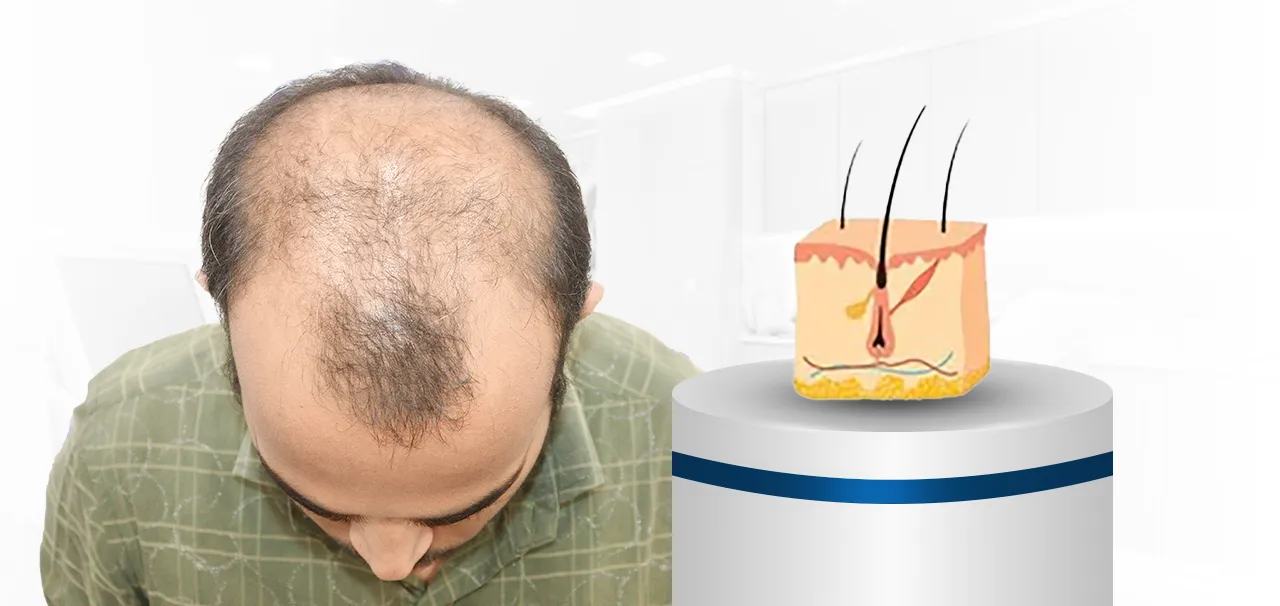
The exogen phase is the final part of the hair growth cycle. This is when your hair falls out from your scalp, and things like washing and brushing can speed up this process. It’s normal to lose about 50 to 100 hairs each day during this phase.
While your old hairs are shedding in the exogen phase, new hairs are starting to grow in the hair follicles. This phase lasts for around 2 to 5 months.
Your hair is a vital part of your overall appearance, and taking care of it involves a combination of good nutrition, stress management, gentle hair care, and proper scalp care. So, let’s dive into some practical tips for luscious locks.
Nutrition:
First and foremost, the foundation of healthy hair is a well-balanced diet. Protein is essential because hair is primarily made of keratin, a protein. So, make sure to include lean meats, poultry, fish, eggs, legumes, nuts, and seeds in your meals.
Don’t forget about essential nutrients like vitamin C for collagen production, vitamin D for hair growth, iron for oxygen transport, zinc for cell growth, and biotin for keratin synthesis. These vitamins and minerals play a crucial role in maintaining your hair’s health.
Hydration is also key, so remember to drink plenty of water to keep your scalp and hair properly hydrated, which will contribute to healthy growth and prevent dryness.
Stress Management
Chronic stress can be detrimental to your hair’s growth cycle, leading to excessive hair loss. To combat this, consider stress-reduction techniques like yoga, meditation, deep breathing exercises, or simply spending time in nature.
Getting enough quality sleep is equally important. Aim for 7-8 hours each night to allow your body to repair and rejuvenate, which includes promoting healthy hair growth.
Engage in activities that promote mindfulness and relaxation. Whether it’s listening to calming music, reading, or spending time with loved ones, find what works best for you.
Gentle Hair Care
When it comes to your hair care routine, there are a few crucial points to keep in mind:
Scalp Care
Your scalp is the foundation of your hair, so don’t neglect it:
Hydration
Stay adequately hydrated by drinking plenty of water throughout the day. Proper hydration is essential for maintaining the overall health of your hair and scalp.
Consider using deep conditioners or leave-in treatments, especially if you have dry or brittle hair. These can provide intense hydration and strengthen the hair shaft.
If you notice excessive hair loss, it’s a good idea to consult a doctor, as an underlying condition could be disrupting your hair growth stages. Timely treatment can help slow down hair loss and preserve the health of your remaining hair.
When it comes to choosing the safest and most effective hair transplant option for the best hair growth results, don’t let cost be the only factor that stops you. It’s important to prioritize your long-term hair health.
At Hairfree Hairgrow, we’re here to address your concerns about hair loss. We take pride in being one of the top hair transplant clinics in India, with branches in Hyderabad, Surat, Pune, Kolkata, Gurugram, Ahmedabad, Bhopal, and Mumbai.
You can visit the Hairfree Hairgrow branch nearest to you, or give us a call at +91-7272832222. We’re committed to helping you achieve the best results and regain your confidence in your hair. Your journey to healthier, fuller hair starts with us.
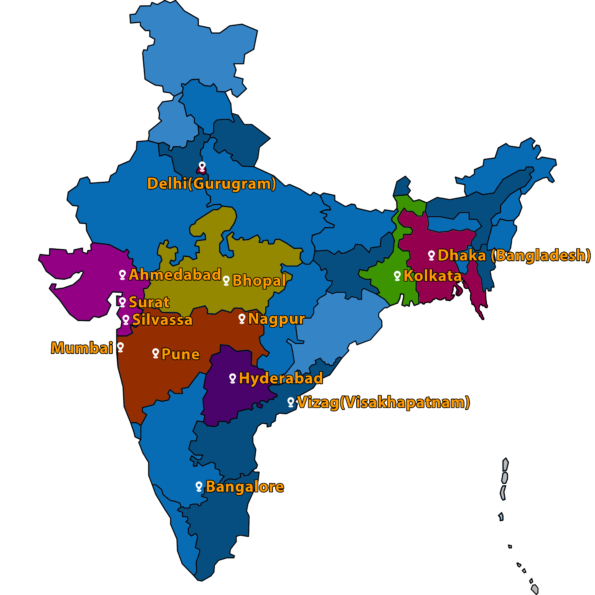
Find Out in 3 Minutes, Your Hair Problem Solution.

Are you tired of hair fall and thinning strands? Yoga might be the natural solution you’ve been searching for! Practicing
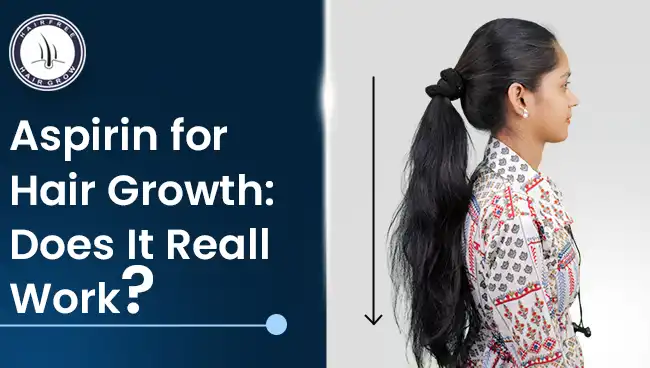
Aspirin is a common pain reliever, but did you know it might help with hair growth too? Many people use

If you are wondering natural ways to grow your hair healthy and long? Magnesium oil is one you can give a try.
The hair growth cycle comprises four phases:
Each hair follicle operates independently, ensuring continuous hair presence.
The complete hair growth cycle spans several years:
The duration varies based on factors like age, genetics, and health.
Determining your hair’s growth phase requires professional assessment. Dermatologists can perform a trichogram or scalp biopsy to analyze hair follicles and identify the proportion in each phase. Observing patterns like shedding rates and hair length can offer clues, but precise identification necessitates clinical evaluation.
The Anagen phase is the longest, lasting between 2 to 7 years. During this phase, hair actively grows, and its length is determined by the duration of this phase. Approximately 85–90% of scalp hairs are in the anagen phase at any given time.
The Catagen phase is the shortest, lasting about 10 days. It’s a transitional phase where hair growth stops, and the follicle shrinks. Only about 1% of hairs are in this phase at any time.
Identifying the specific phase of individual hairs isn’t feasible without specialized tests. However, general indicators include:
For an accurate assessment, consult a dermatologist.
It’s normal to shed between 50 to 100 hairs daily as part of the natural hair cycle. Factors like age, health, and hair care practices can influence this number. Consistent shedding beyond this range may warrant medical consultation.